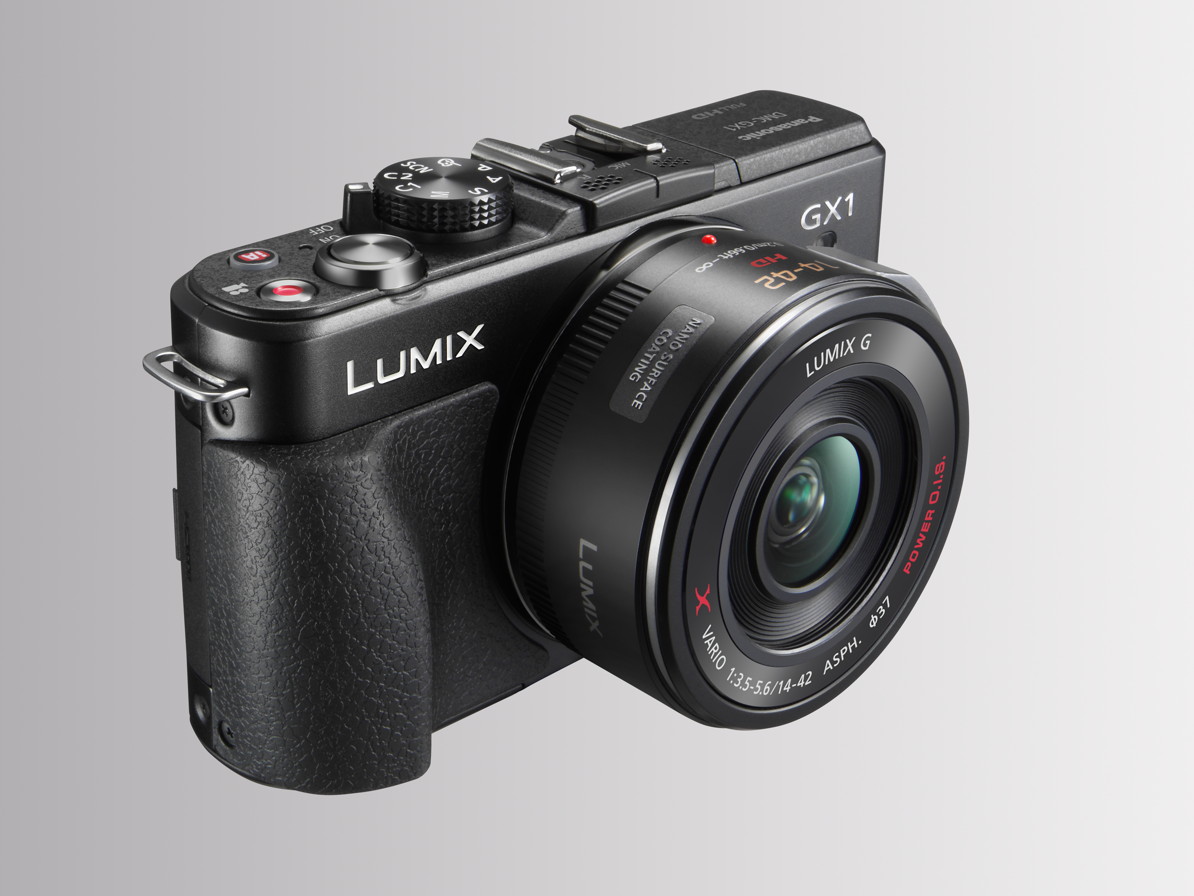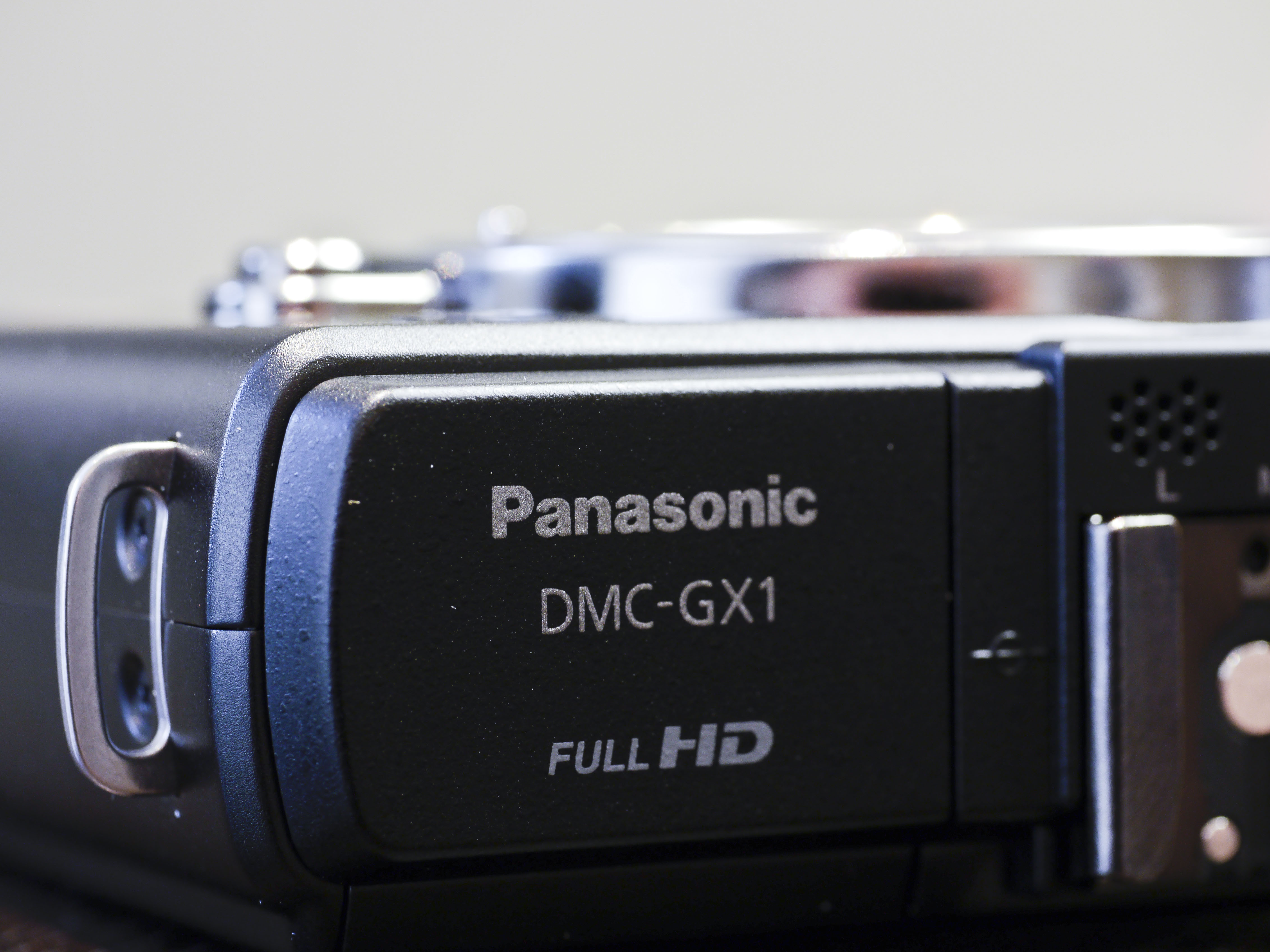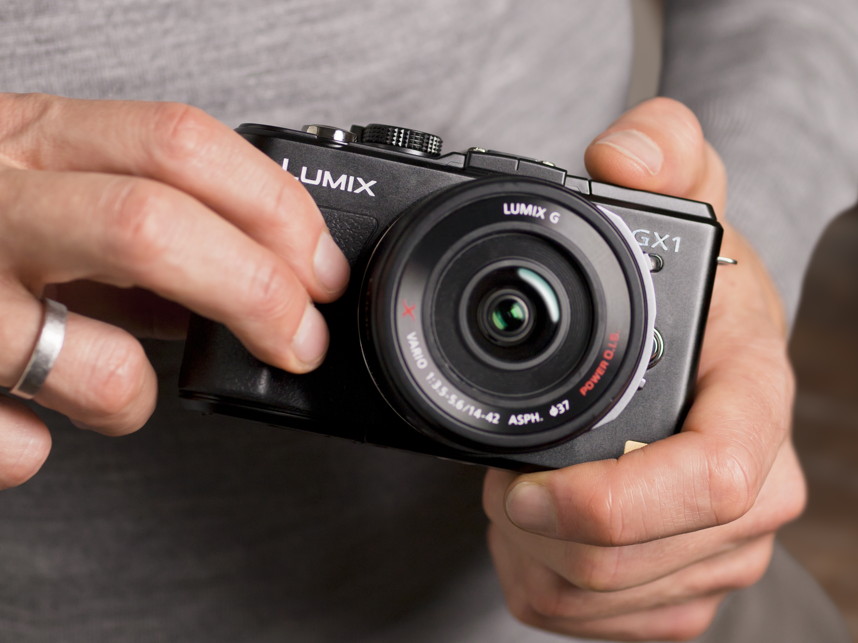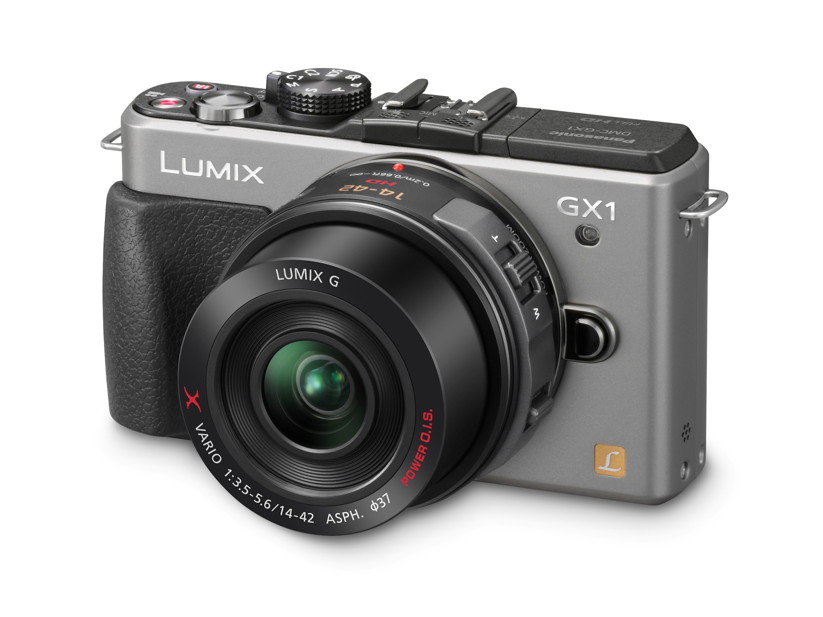Why you can trust TechRadar

Unsurprisingly, the Panasonic Lumix DMC-GX1 does indeed produce photos that are on a par with those we created with the G3. Images display a very good level of sharpness, while the GX1's 16MP sensor is capable of resolving plenty of fine detail. Noise is also well controlled, with clean shots being produced throughout much of the camera's sensitivity range.
The AF system performs well, locking onto subjects with consistent accuracy, even when presented with low-contrast and/or low-light scenes. Some hunting was experienced when attempting to shoot at close quarters to small macro subjects, but once you get used to the closest focusing distance permitted by the lens, accuracy can be improved.

The fact the Panasonic Lumix DMC-GX1 offers a larger sensor than rivals such as the Pentax Q and Nikon J1 means that it's better able to produce some nice shallow depth-of-field shots, albeit not quite up to the same level as you'll get from a rival CSC or DSLR with an APS-C-sized sensor.
The Peripheral Defocus mode borrowed from the Panasonic G3 is a welcome addition to the Panasonic Lumix DMC-GX1's feature-set that will prove useful to beginners wanting to achieve this look, working well with the Touch AF system to produce accurately-focused shots with pleasingly blurred backgrounds.

The camera's metering system proves accurate under all manner of conditions, rarely getting the exposure too wide off the mark. The dynamic range captured in most situations is also pretty impressive, particularly if you shoot raw files, which tend to contain a vast amount of detail hidden in the shadow areas of high-contrast scenes in particular, just waiting to be pulled out at the processing stage.
The colours recorded are generally true-to-life, save for the overly warm tones that tend to creep in when shooting with the Panasonic Lumix DMC-GX1 under artificial lighting – a quirk that's easily remedied by setting the white balance yourself or taking a custom reading if pinpoint accuracy is required.
The various creative effects and colour modes that the camera offers also present scope for some artistic in-camera processing, with most settings producing very pleasing results.
Current page: Performance
Prev Page Build quality and handling Next Page Image quality and resolution